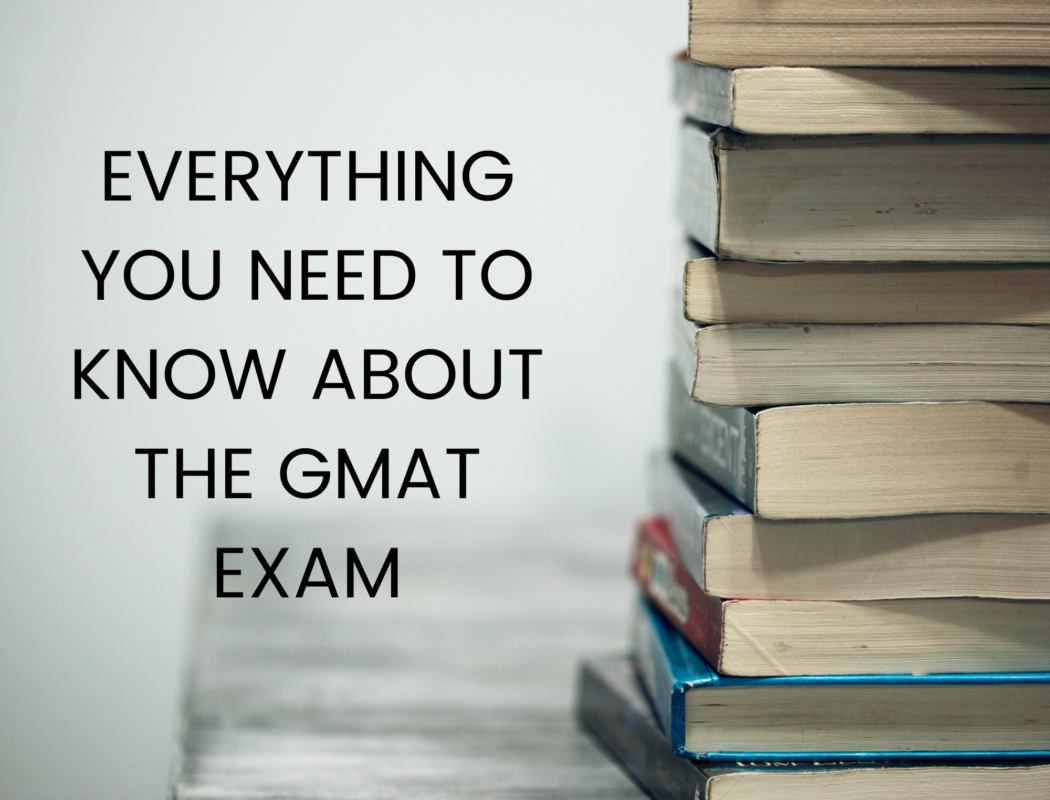Table of Contents
ToggleThe GMAT AWA analyzes your ability to critically evaluate the argument presented in the prompt and offer your opinions. The section has the least weightage in the total GMAT score. However, scoring a perfect 6.0 is extremely easy and is always a plus on your application. Here are 6 simple strategies that will help you get the 6.0 that you need:
1. Locating Flaws Effectively
The flaws in the author’s argument will either be found in the premise or reasoning. The flaws in reasoning are called logical fallacies. Here is a great list of logical fallacies which you should familiarize yourself to ensure you can recognize them in an essay prompt. Delve into the foundational reasoning of the argument, the incompatibility between the assertions and assumptions, and the conclusion.
2. Follow a Structure
Learn the art of breaking down the flaws of the key argument into separate components and present it in a structured manner. Second, consider what needs to change in the argument to make it stronger. Choose an essay template that you can follow to best utilize the 30 minutes allotted. (Read: AWA Template for Getting the Perfect 6) Finally, use sufficient transition words in your essay. Here’s a great list
3. Simulate the GMAT Experience
To simulate the conditions of the computer-based GMAT, write your practice essays on a computer. Use the simple word processor in the free official GMATPrep Software or a simple word processor like NotePad that offers limited functionality. Additionally, practice writing GMAT essays within 30 minutes. Make a habit of using the GMATPrep software or the official list of former GMAT essay prompts.
4. Assess Your Essay
Grade your essay based on the 6-point grading rubric, comparing your writing to the sample essay provided by the GMAC. Analyze whether your writing is disorganized or not varying much in your sentence structure. It is also possible that you have offered inadequate analysis diminishes the impact of your writing or there are other issues. Keep a record of these errors and strive to eliminate them completely.
Additionally, you can get someone else to proofread your GMAT AWA practice essays and make a log of your oft-repeated errors. Try and find patterns in your mistakes. You can also utilize the practice tool of www.mba.com.
5. Read, Read, and Read
Develop a habit of reading editorials, newspaper articles, and hearing debates online or on podcasts to develop an analytical bent of mind. This will not only help you in your essay but also in your professional life where you would be expected to hear multiple assertions and hypotheses and make decisions based on them. Additionally, you can also read the high-scoring sample GMAT essays on forums like the GMAT Club and evaluate what made them score the perfect 6.0.
6. On the Day of the Exam
As you are reading the essay prompt, make a note of all logical fallacies or flaws you can determine. Second, make an outline of your essay along with which 3-4 points you want to bring out in each paragraph. Third, figure out an example and/or suggestion for each flaw. This will be the blueprint that will ensure your essay stays on topic and is well-structured. Remember to erase your notes on the AWA text editor after you are done. Finally, target to finish essay writing in 25 minutes so you can leave the last 5 minutes for proofreading and fixing any errors in spelling or grammar before submitting.
Following these strategies is bound to make the GMAT AWA a cakewalk for you. Want to know why do admission committees look at your GMAT essay score? Read: Why Does the GMAT AWA Section Matter?








